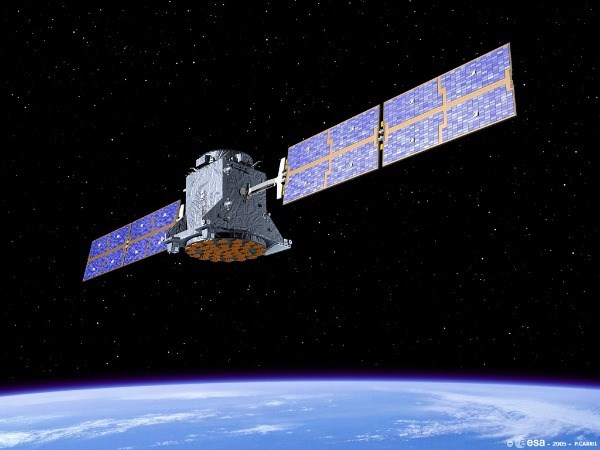Russia admits its GLONASS navigation satellites are made of over 50 percent of foreign components
Spacecraft of the Russian Global Navigation Satellite System (GLONASS) are currently made-up of almost 60 percent foreign components, CEO Nikolay Testoyedov told RIA Novosti. Testoyedov is the CEO of the ISS-Reshetnev company, a manufacturer of satellites. According to him, Roskosmos State Corporation, the governmental agency responsible for Russia’s cosmonautics programs, has developed a program of import substitution. Following this substitution plan, by 2022, GLONASS spacecraft should not be made up of more than 10 percent foreign components. By 2025, the company plans to completely eliminate the presence of foreign elements.
“We understand the way. It is complex and long, but we are taking this road,” Testoyedov stated. “We will achieve full import substitution later than was originally planned, but most importantly, this is the way systematically developed by Roscosmos. In total, the process from start to finish will take 10 years. But we have to go all the way.”
Earlier this month, two GLONASS spacecraft went out of order at the same time, leaving only 22 satellites operational. 18 functional satellites should be sufficient to cover the territory of Russia, but coverage of the planet as a whole requires the use of 24 operational satellites.
Russia recently recognized that there is a gap between its technology and the United States’ rocket engine technology, contributing to Russia’s inability to create its own satellites. This month, the member-correspondent of the Russian Cosmonautics Academy, Andrei Ionin, stated that the Western countries do not want to cooperate with Russia on the Lunar Orbital Platform project, due to the lag in “all the technological cycles of space technology production.”
GLONASS or Global Navigation Satellite System is a Russian space-based satellite navigation system operating in the radionavigation-satellite service. It provides an alternative to GPS and is the second navigational system in operation with global coverage and of comparable precision.
